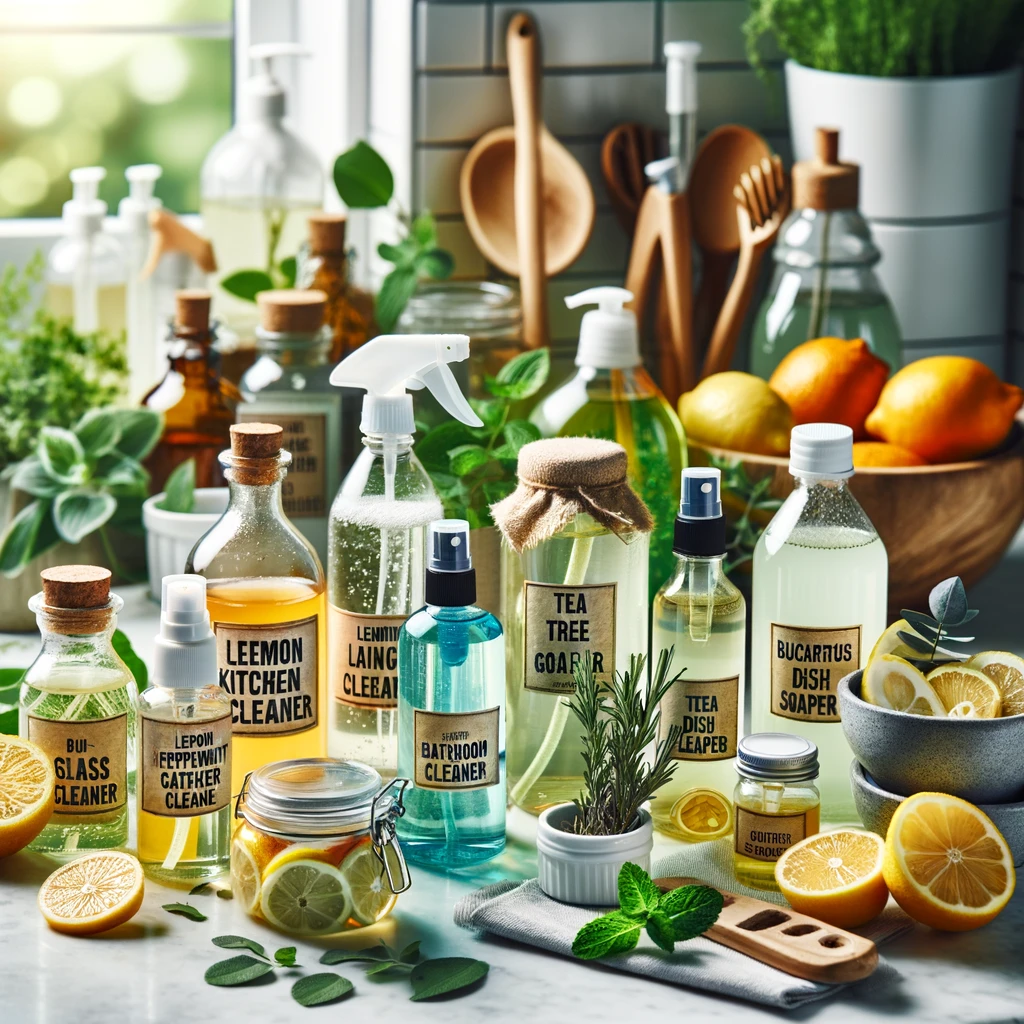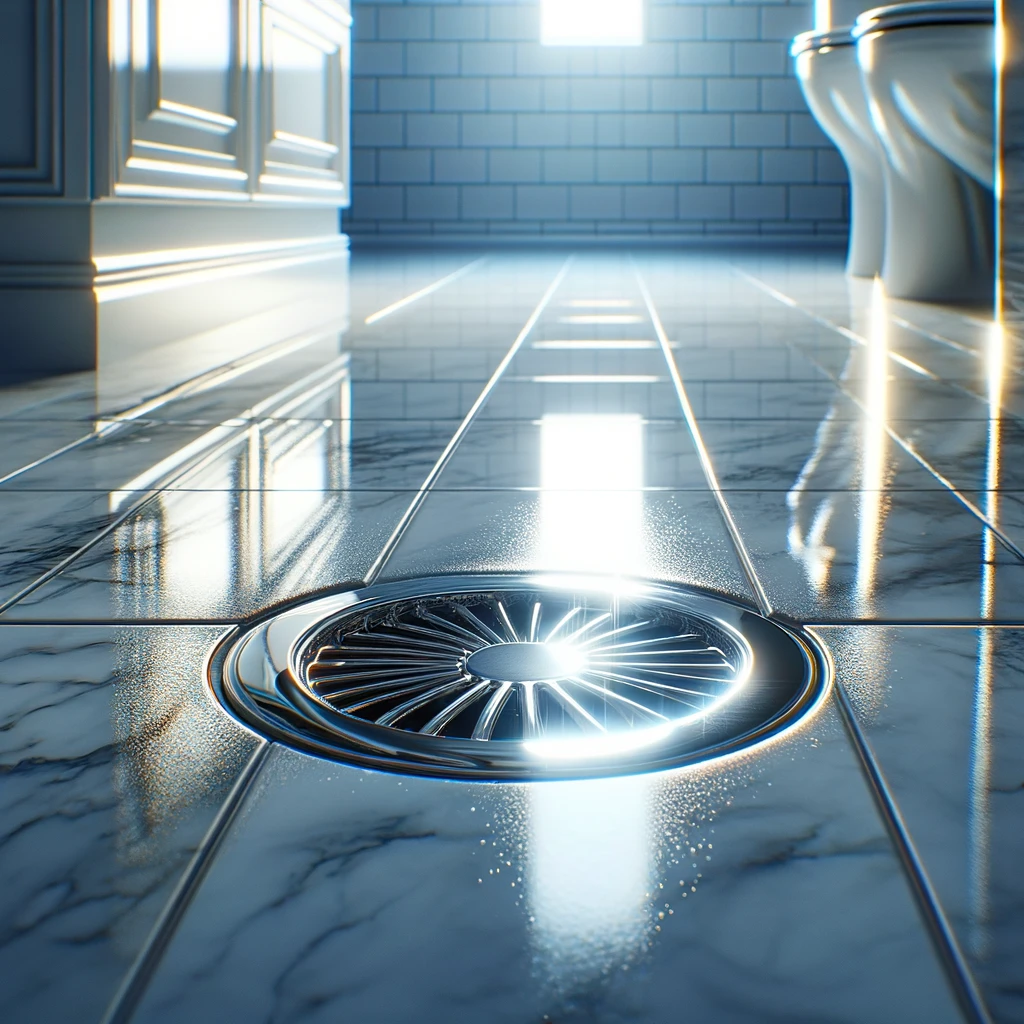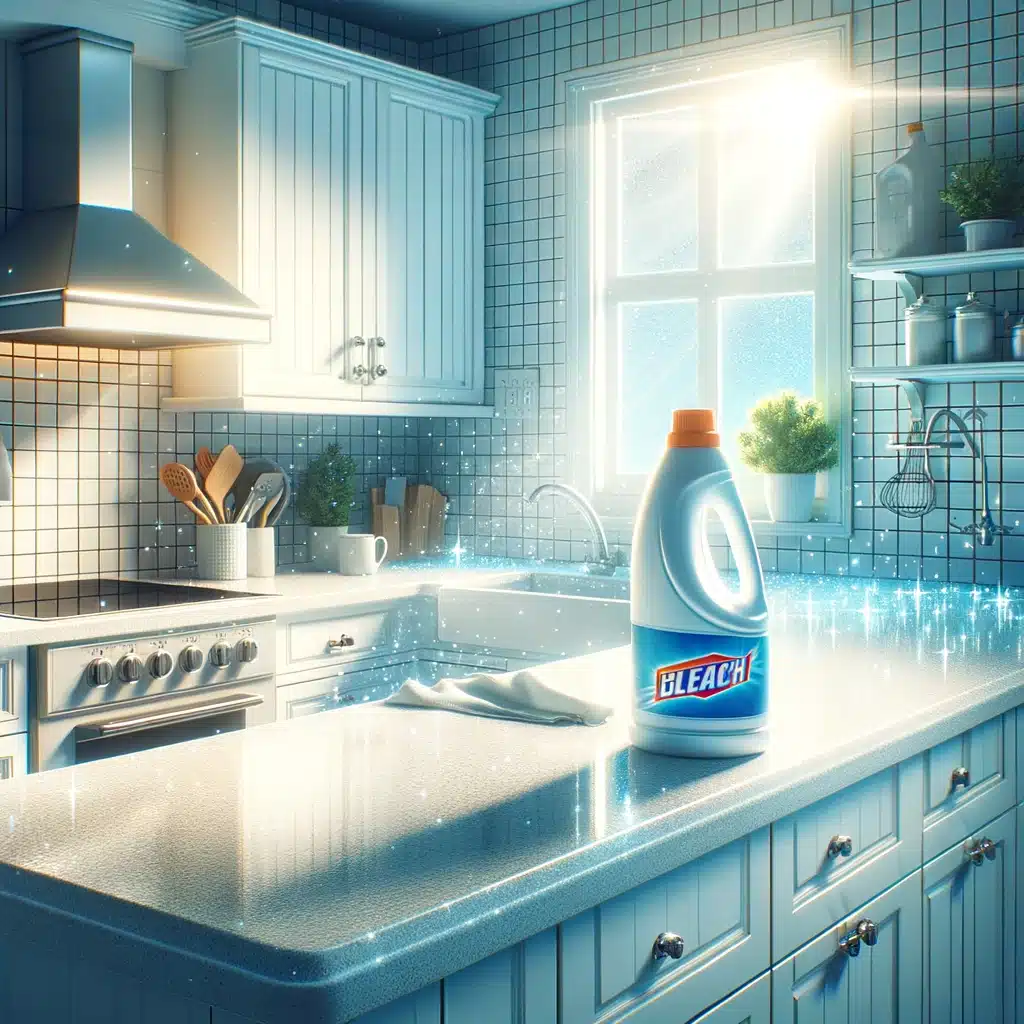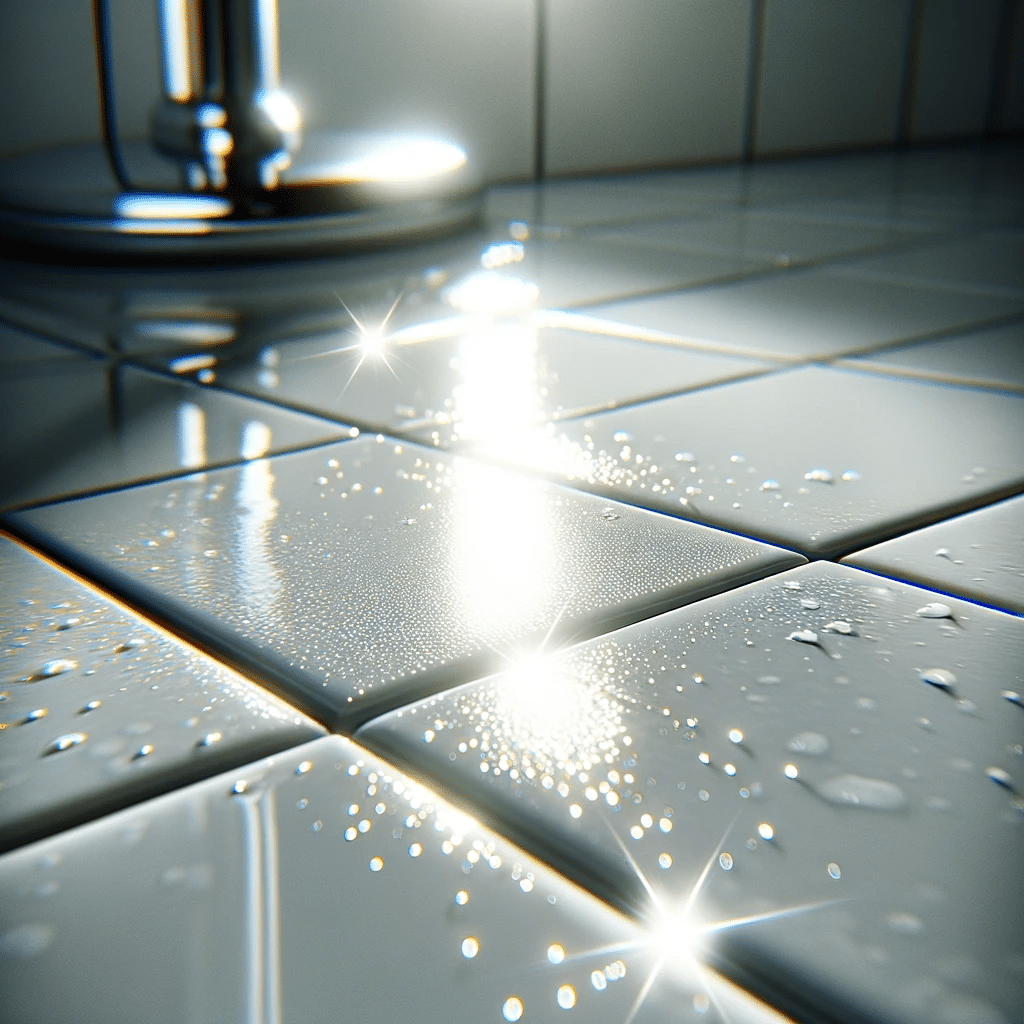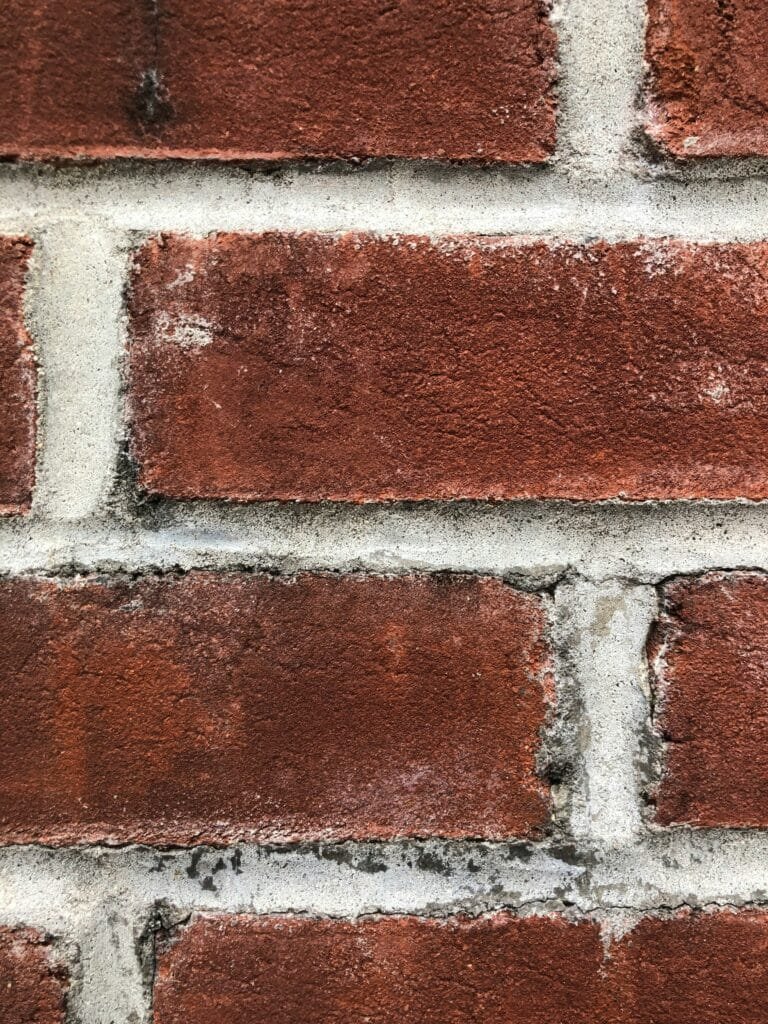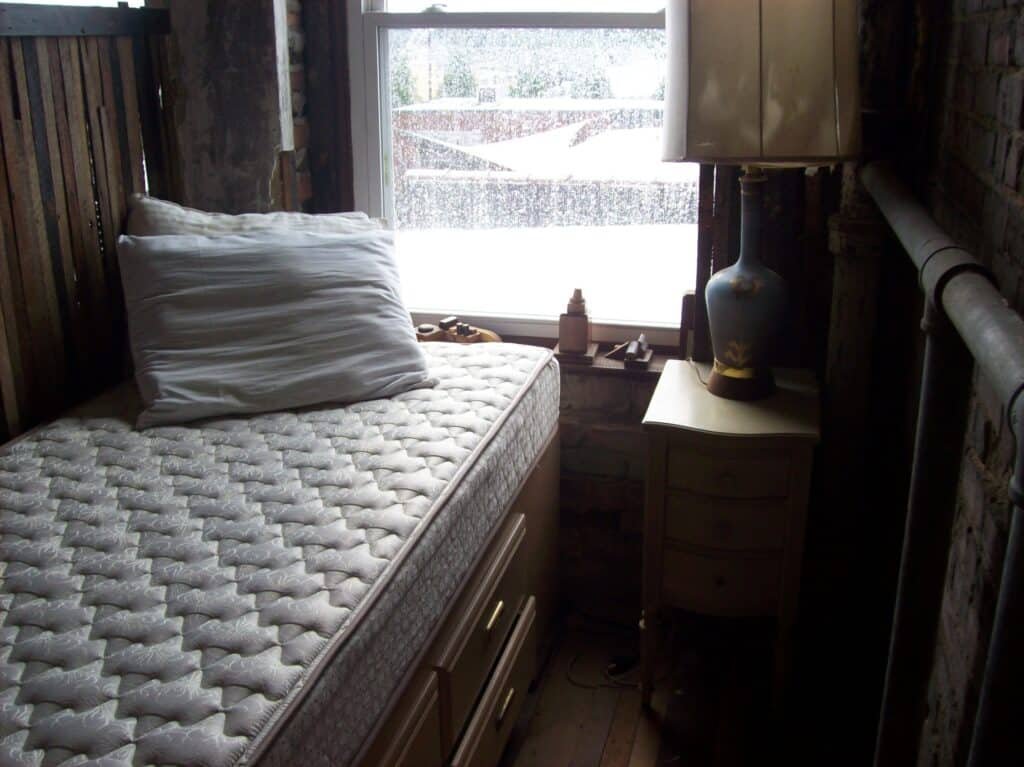How to Keep Your Home Comfortable: Controlling Humidity from Basement to Attic 101
Keep Your Home Comfortable isn’t just about adjusting the thermostat; it involves maintaining the right balance of humidity throughout your home, from the basement to the attic. Too much moisture can make your home feel stuffy and can lead to mold and mildew issues, while too little can cause dry skin and respiratory problems. Let’s dive into how you can control humidity levels across different areas of your home, ensuring a comfortable living environment year-round. In the Basement: Combat Moisture at Its Source Basements often bear the brunt of humidity issues in a home due to their below-ground location, making them inherently prone to dampness and mustiness. Addressing humidity in the basement is crucial not only for the comfort and usability of the space itself but also for the overall air quality and structural integrity of your entire home. Here are some effective strategies to keep your basement dry and comfortable: Deploying a Dehumidifier is among the most direct and effective methods to manage moisture levels in your basement. A high-quality dehumidifier can significantly reduce humidity, making the air feel cooler and more comfortable while also preventing the growth of mold and mildew, which thrive in moist environments. It’s important to choose a dehumidifier that is appropriately sized for your basement area and to empty the collected water regularly to ensure it continues to operate efficiently. Sealing Leaks plays a pivotal role in moisture control. Basements are particularly vulnerable to water seepage due to their proximity to the ground. This moisture can enter through cracks in the foundation walls or floor, contributing to the overall humidity level of the space. Regular inspections can help identify any new cracks or leaks early on. Once found, these should be sealed with appropriate waterproofing materials. Not only does this prevent moisture from entering, but it also contributes to the structural health of your home. Improving Drainage around your property is essential to divert water away from your foundation, preventing it from collecting around your home and eventually finding its way into your basement. This might involve regrading the soil around your home’s foundation to slope away from the house, ensuring that downspouts extend several feet from the house, and keeping gutters clean and free of debris. These measures help to ensure that rainwater and melting snow are directed away from your home, reducing the likelihood of it seeping into the basement. Additionally, Ventilating the Space effectively can aid in reducing moisture levels. If your basement has windows, opening them during dry, sunny days can help lower humidity by allowing fresh air to circulate. For basements without windows, installing a ventilation system or using fans can help move air through the space, preventing it from becoming stagnant and moist. Finally, consider the Use of Waterproofing Paints and Sealants on interior basement walls and floors. These products can provide an additional layer of protection against moisture, preventing it from seeping through the porous concrete and into your basement. While not a solution for major leaks or flooding, they can be effective for controlling dampness and condensation. On the Main Floors: Maintain a Balanced Environment Maintaining a balanced environment in the living areas of your home, where humidity levels are kept between 30% and 50%, is vital for both comfort and health. Achieving this balance involves a combination of techniques that manage moisture and ensure a pleasant living space. Ventilating your space effectively is key. Kitchens and bathrooms are hotspots for humidity, thanks to activities like cooking, dishwashing, and showering. Utilizing exhaust fans in these areas can significantly help in mitigating moisture accumulation. These fans work by pulling the humid air out of your home, preventing it from circulating and settling in your living spaces. Ensuring that these fans vent outside and not just into your attic or another room is crucial for this strategy to be effective. Incorporating houseplants into your decor can also play a role in humidity control. Certain plants have the natural ability to absorb moisture from the air through a process known as transpiration. By placing these plants around your home, you can harness this natural process to help regulate indoor humidity levels. Not only do these plants help in controlling moisture, but they also add to the aesthetic appeal of your space and improve air quality by removing toxins. Leveraging your air conditioning system is another effective way to manage humidity. Air conditioners don’t just cool the air; they also remove moisture as part of the cooling process. Running your air conditioning system during hot, humid days can help maintain a comfortable indoor climate, reducing humidity levels. It’s important to keep your air conditioning unit well-maintained, ensuring that filters are clean and the system is functioning efficiently for optimal moisture removal. Furthermore, strategic use of fans can assist in maintaining a balanced environment. Ceiling fans or standing fans improve air circulation, helping to distribute and mix the air evenly throughout your living spaces. This doesn’t directly reduce humidity but can make the environment feel cooler and more comfortable by facilitating the evaporation of moisture on the skin. Regular maintenance of indoor fabrics also contributes to a balanced humidity level. Upholstery, drapes, and carpets can absorb moisture, affecting the overall humidity level of your home. Cleaning and vacuuming these materials regularly can help minimize their moisture retention, contributing to a more balanced indoor environment. Managing activities that produce moisture is crucial. Simple changes like covering pots while cooking to reduce steam, taking shorter showers, and drying clothes outdoors or in a well-ventilated area can significantly reduce indoor humidity levels. In the Attic: Prevent Excess Moisture Build-Up The attic is a critical area in your home when it comes to controlling temperature and humidity. Due to its location, the attic is subject to wide fluctuations in both, which can significantly impact the overall comfort and air quality of your living spaces below. Managing humidity in the attic is essential for preventing structural damage, mold growth, and inefficient energy use
How to Keep Your Home Comfortable: Controlling Humidity from Basement to Attic 101 Read More »

